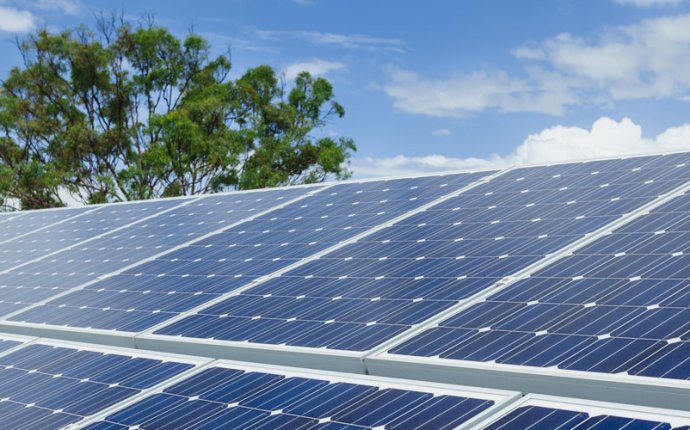
solar power installation companies
Interested in a job in solar energy? Here’s a quick overview of what solar photovoltaic (PV) installers do, the training needed to become a solar installer, and the career outlook for solar installers.
Solar PV installers are key to the operations of solar panel installation and maintenance. They utilize a particular skill-set to maximize the effectiveness of both residential and commercial projects. They are in charge of safely attaching the modules to the roofs of houses or other buildings and guaranteeing that the entire systems works. Solar PV installers are expected to work with a variety of tools (both electronic and mechanical), have knowledge of electrical wiring, and possess basic math skills. At any given point, installers must be ready to be problem solvers, ready to repair damaged systems or replace malfunctioning components at the drop of a hat. Not surprisingly, safety is a top priority when installing solar panels because of the height of most projects and the high voltage that solar panels produce.
Solar PV installers can either be self-employed as general contractors or employed by solar panel installation companies. Self-employed installers typically have training and experience with installing a variety of solar power systems and are hired directly by the property owners or by a project development firm. Installation companies typically specialize in installing a certain type of module, and may also provide some maintenance and repair services. When a solar panel system is purchased, installers may provide the buyer with maintenance and repair work to complete themselves.
Solar Installer Job Responsibilities
One of the most important aspects of a solar installer's role is the design and planning of the project site. Before the project can start, a full review of the structure is conducted, including an audit of the current electrical system and development of any site-specific safety precautions. The project is then designed based on the shading and structural qualities of the site and the type of photovoltaic system being installed. After the design and specifications are finalized, the permits are obtained from the relevant local or state governments. If the installer does not do these preparations themselves, they must become familiar with the permits and arrangements before they begin working on it.
Once installation starts, essential safety equipment, such as a harness and anchor system, must be set up to protect the installer from falls. Sometimes, the roof will have to be reinforced to support the solar modules; this may involve upgrading materials, replacing rafters, or introducing backings to handle the weight of the modules. The markings must be made to show exactly where each module will be placed, and holes are drilled in the roof to attach the mounting framework. After the mounting is in place, the solar panels can be installed. Extreme caution is taken during installation because the modules are delicate, costly, and weigh about 40 pounds each. Installers do not want to be on the hook for modules that need repair or substitution because of damage during the installation process









